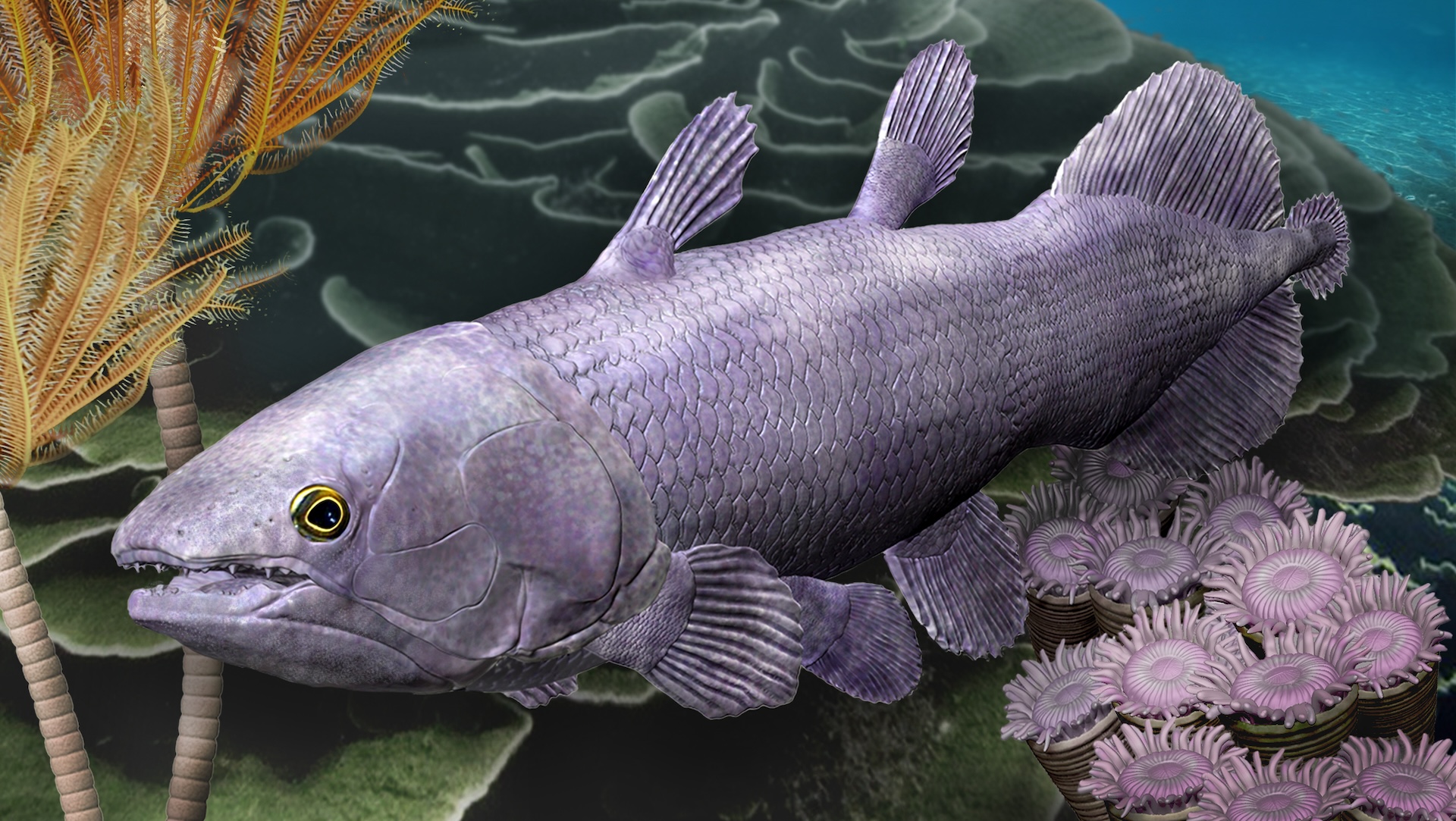Remote Sensing, Vol. 15, Pages 2919: Estimating Crown Biomass in a Multilayered Fir Forest Using Airborne LiDAR Data
Remote Sensing doi: 10.3390/rs15112919
Authors: Nikos Georgopoulos Ioannis Z. Gitas Lauri Korhonen Konstantinos Antoniadis Alexandra Stefanidou
The estimation of individual biomass components within tree crowns, such as dead branches (DB), needles (NB), and branch biomass (BB), has received limited attention in the scientific literature despite their significant contribution to forest biomass. This study aimed to assess the potential of multispectral LiDAR data for estimating these biomass components in a multi-layered Abies borissi-regis forest. Destructive (i.e., 13) and non-destructive (i.e., 156) field measurements were collected from Abies borisii-regis trees to develop allometric equations for each crown biomass component and enrich the reference data with the non-destructively sampled trees. A set of machine learning regression algorithms, including random forest (RF), support vector regression (SVR) and Gaussian process (GP), were tested for individual-tree-level DB, NB and BB estimation using LiDAR-derived height and intensity metrics for different spectral channels (i.e., green, NIR and merged) as predictors. The results demonstrated that the RF algorithm achieved the best overall predictive performance for DB (RMSE% = 17.45% and R2 = 0.89), NB (RMSE% = 17.31% and R2 = 0.93) and BB (RMSE% = 24.09% and R2 = 0.85) using the green LiDAR channel. This study showed that the tested algorithms, particularly when utilizing the green channel, accurately estimated the crown biomass components of conifer trees, specifically fir. Overall, LiDAR data can provide accurate estimates of crown biomass in coniferous forests, and further exploration of this method’s applicability in diverse forest structures and biomes is warranted.

 1 year ago
32
1 year ago
32


